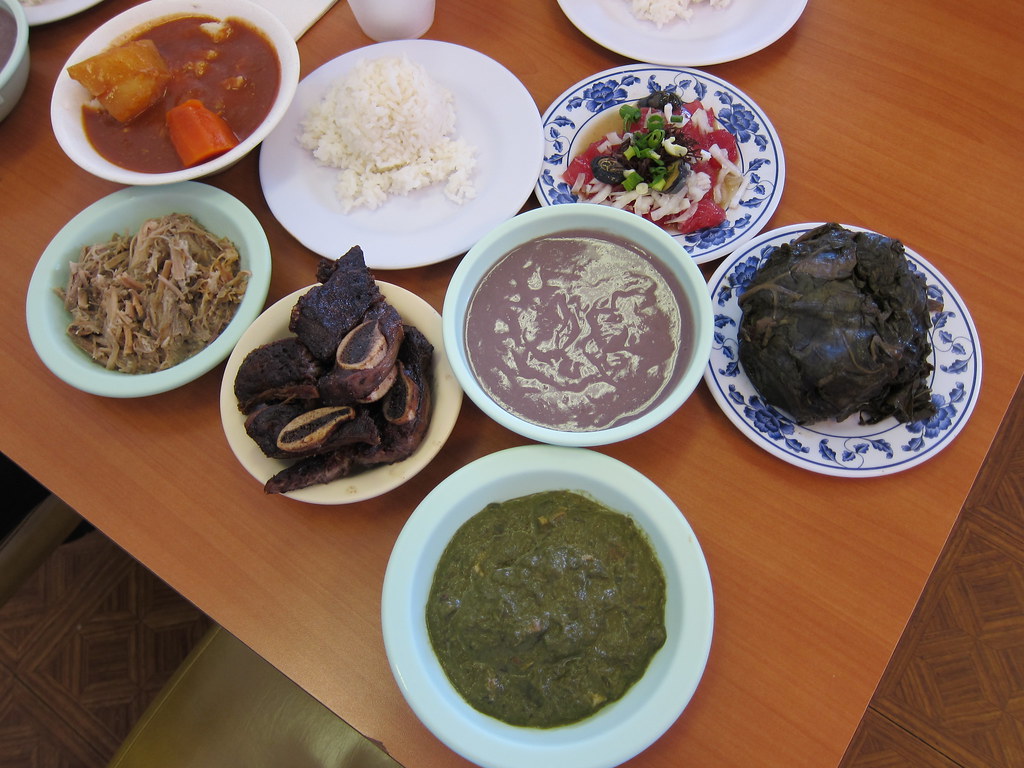It’s a verb, it’s a noun, it’s a cultural icon…it’s poi! A fascinating ingredient that makes us long for sandy beaches and ocean breezes.
What is Poi?
Poi is one of the key ingredients in Polynesian cuisine. The term poi actually denotes how the dish is made; poi roughly translates to “pounding food to a pulp”. Throughout the Pacific Islands and specifically in Samoa, poi can be a concoction of mashed tropical ingredients such as bananas, pineapples, and coconut. The most recognizable and universal type of poi, however, is the Hawaiian version, which is made using taro. Taro is synonymous with Hawaii; taro is a symbolic and cultural item with a renowned history and ancestry. Click here to read some of the fascinating history and cultural fables that surround taro and poi.
Eating Poi
Taro (aka kalo) is the tuber-like root of the taro plant. When making poi, the taro is cooked, pounded, diluted, and strained, resulting in a stachy, purple-gray paste. Fresh poi has a sweet flavor with a tacky-starchy texture. Imagine a fibrous mashed sweet potato and you’re getting close to the texture of poi. Fermented poi (poi that has been aged for several weeks) adds just a touch of sourness to the starchy-sweet flavor profile.

If you’re interested in seeing poi being made, or making poi at home, check out this video by Koko of the Menehunes.
As the consummate finger food of Hawaii, poi is classified based on how many fingers are needed to scoop up the savory sweet paste. You can find one, two, or three finger poi. The thinner the poi the more fingers are needed to scoop up the poi. You will often see poi as a stand-alone offering, as a side dish, or in part of a larger meal. Try poi alongside our recipe for Kalua-Style pork with a chilled glass of Hawaiian wine. Poi is also popular among the younger generation in the form of baby food.
Sourcing Taro and Poi
You may be able to source pre-made poi at a market specializing in Polyneisan food and ingredients. Taro is readily available at many Asian grocery stores (look in the produce section) and can occasionally be found at natural food stores.
Feature Image: Flickr user bionicgrrrl ( CC BY-NC 2.0 )



